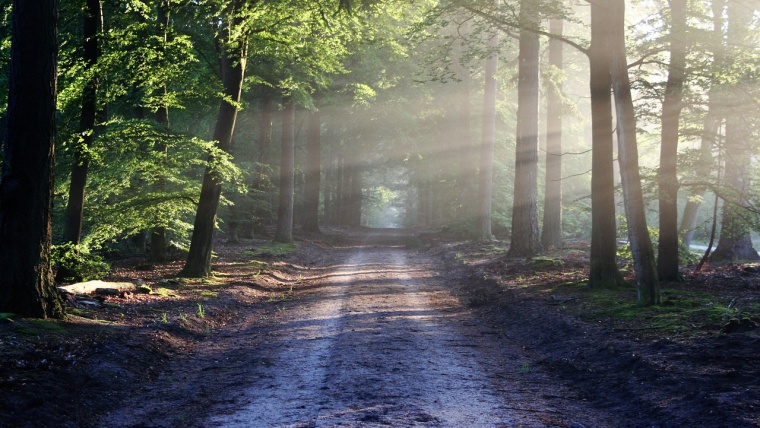
We have discussed the essential gears that we need for landscape photography in the last post. In case you have missed it, don’t hesitate to check it out here: Mastering Landscape Photography – Essential Gear
In this article, I would skip the discussion on those common composition techniques in landscape photography such as the golden ratio composition and diagonal lines composition. There are tons of articles which explain these basic yet important skills. If you are a very beginner of photography, I would recommend you to give those articles a shot so that you could have a better understanding of all the basic composition landscape photography techniques. If you would like to take a step further in landscape photography, this article is for you.
Table of Contents
Everything in a photograph has its own weight. We are pursuing balance in a picture, especially in landscape photography techniques, under most of the circumstances. the picture that comprises a sense of balance it is more appealing to the eyes of the audiences. In order to achieve balance in a picture, you will have to avoid unintentional blank space within the frame. The inappropriate use of blank space is one of the culprits of unbalanced images.
The above photo is an example of a balanced image. I placed the setting sun on the left of the background purposely. The sun did the magic of balancing the two people in the foreground. Imagine if the sun or the two people in the foreground disappeared, the balance in the picture will be gone. Everything is ruined. This proves the immense power of nature and the challenges that a landscape photographer must face on its day-to-day job.
Antoine de Saint-Exupery, the author of The Little Prince, once said ‘Perfection is achieved, not when there is nothing more to add, but when there is nothing left to take away.’ This is what minimalism is all about. Photography could be seen as the art of subtraction. We eliminate all the unnecessary elements in a photo. This enhances the visual impact of an image. We are going back to the basics when we are incorporating minimalism in a photograph and this is also true for landscape photography techniques. Therefore, centered composition, which is the most basic composition, is a good combination with minimalistic photographs. Although some photographers find centered composition a cliche or conservative, it really works unexpectedly well with minimalism if you use it appropriately. You may also give long-exposure photography a shot whenever you are looking for minimalistic results as long-exposure removes and blur all the moving subjects in a photo. The following photo by Christian Richter demonstrated how long-exposure and centered composition makes a decent landscape photo.
Courtesy: Christian Richter
Reflection is commonly seen in landscape photography and it is a valuable landscape photography technique. You can create an illusion which confuses the audiences and makes your photos symmetrical by including reflection in your composition.
Courtesy: shootingthedays.com
Courtesy: Yogi Arora
The photographer of the first photo above created illusion by the use of reflection and flipping the photograph upside-down. The real world was also cropped from the image. Only the reflection is left inside the frame. It makes the audiences think whether it is the reality or a reflection. The complete reflection of the mountain was included in the second photo. It creates a perfect symmetry, which is quite an eye candy to the audiences. Keep in mind that if you desire to create such effect in Photoshop, you need to make the reflection layer a bit blurry, as sharp, crystal clear, fake reflections will prove themselves to be just that – a fake image.
I hope you enjoyed my landscape photography techniques. I only highlighted some of the essential landscape photography techniques that you should know if you are determined to become a master in landscape photography; do keep in mind that creativity is not only a gift but also a skill that requires being trained in order to reach your full potential as a landscape photographer. Each image must tell a story – either from your past experiences, from the moment you’re facing at the moment of the shooting session or what your subjects decide to tell. Stay tuned and I will get back to you together with the last chapter of this series next time!
Comments (1)
any tips for taking good reflection photos? what setting should i use?